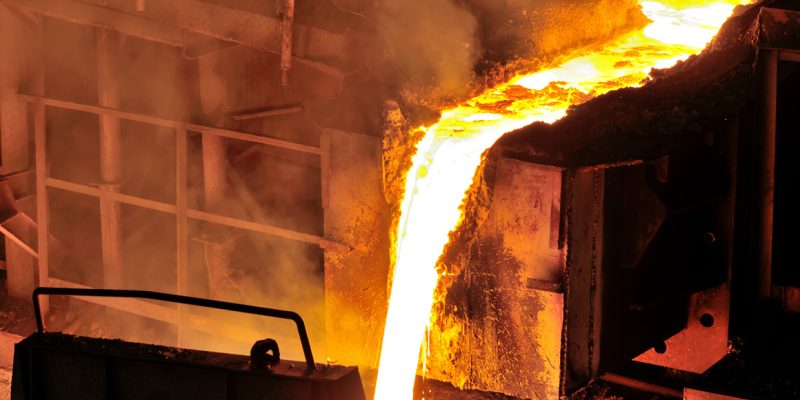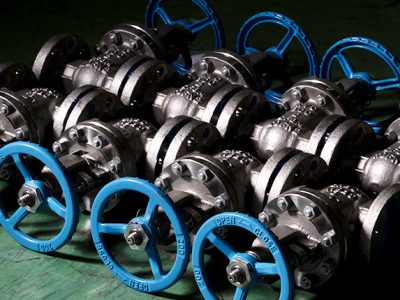Casting, a centuries-old manufacturing process, plays a pivotal role in creating intricate metal objects, including steel castings. At the heart of successful casting lies the art of patternmaking. Understanding patterns and their significance is crucial for anyone involved in the casting industry.
Here, we will explore five compelling reasons why knowing patterns and patternmaking, especially in the context of steel casting, is essential.

Reasons Why Knowing Patterns and Patternmaking in Casting
- Precision and Consistency
In the world of steel casting, precision and consistency are paramount. Patterns serve as the templates that shape molten steel into the desired forms. Accurate patterns ensure that each casting replicates the intended design with impeccable precision.
By mastering patternmaking, manufacturers can maintain consistency in the quality of their steel castings, which is vital for industries like aerospace, automotive, and construction.
- Cost Efficiency
One of the primary advantages of understanding patterns and patternmaking in steel casting is cost efficiency. Developing a well-crafted pattern allows for efficient use of resources and reduces material wastage. Inefficient patterns can result in costly errors and excessive rework.
Knowledgeable patternmakers can optimize designs to minimize production costs, ultimately benefitting the bottom line of casting operations.
- Design Flexibility
Patterns are not just about replication; they also enable design flexibility. With the right patterns, manufacturers can create complex and intricate steel castings that meet specific project requirements.
Whether it’s a unique component for a custom machine or a complex part for a bridge construction, patternmaking expertise unlocks limitless design possibilities, providing a competitive edge in the market.
- Improved Casting Quality
Quality is non-negotiable in industries that rely on steel castings, and patterns play a critical role in ensuring this quality. Knowledgeable patternmakers can design patterns that reduce defects like porosity and shrinkage, which are common challenges in steel casting.
By addressing these issues at the patternmaking stage, manufacturers can significantly enhance the overall quality and reliability of their steel castings.
- Adaptation to New Technologies
The world of manufacturing is constantly evolving, with new technologies and materials emerging regularly. Knowledge of patterns and patternmaking is not static; it evolves with the industry.
Those who understand the principles of patternmaking can adapt to new technologies such as computer-aided design (CAD) and 3D printing, which are increasingly integrated into modern casting processes. Embracing these innovations can streamline production and improve the efficiency of steel casting operations.
Conclusion
In the realm of steel casting, patterns and patternmaking are the unsung heroes that shape the industry’s success. Precision, cost efficiency, design flexibility, improved quality, and adaptability to new technologies are five compelling reasons why anyone involved in steel casting should prioritize understanding patterns.
By investing in the art and science of patternmaking, manufacturers can ensure the consistent production of high-quality steel castings while staying competitive in an ever-evolving industry. In the world of steel casting, patterns truly lay the foundation for excellence.







Comments